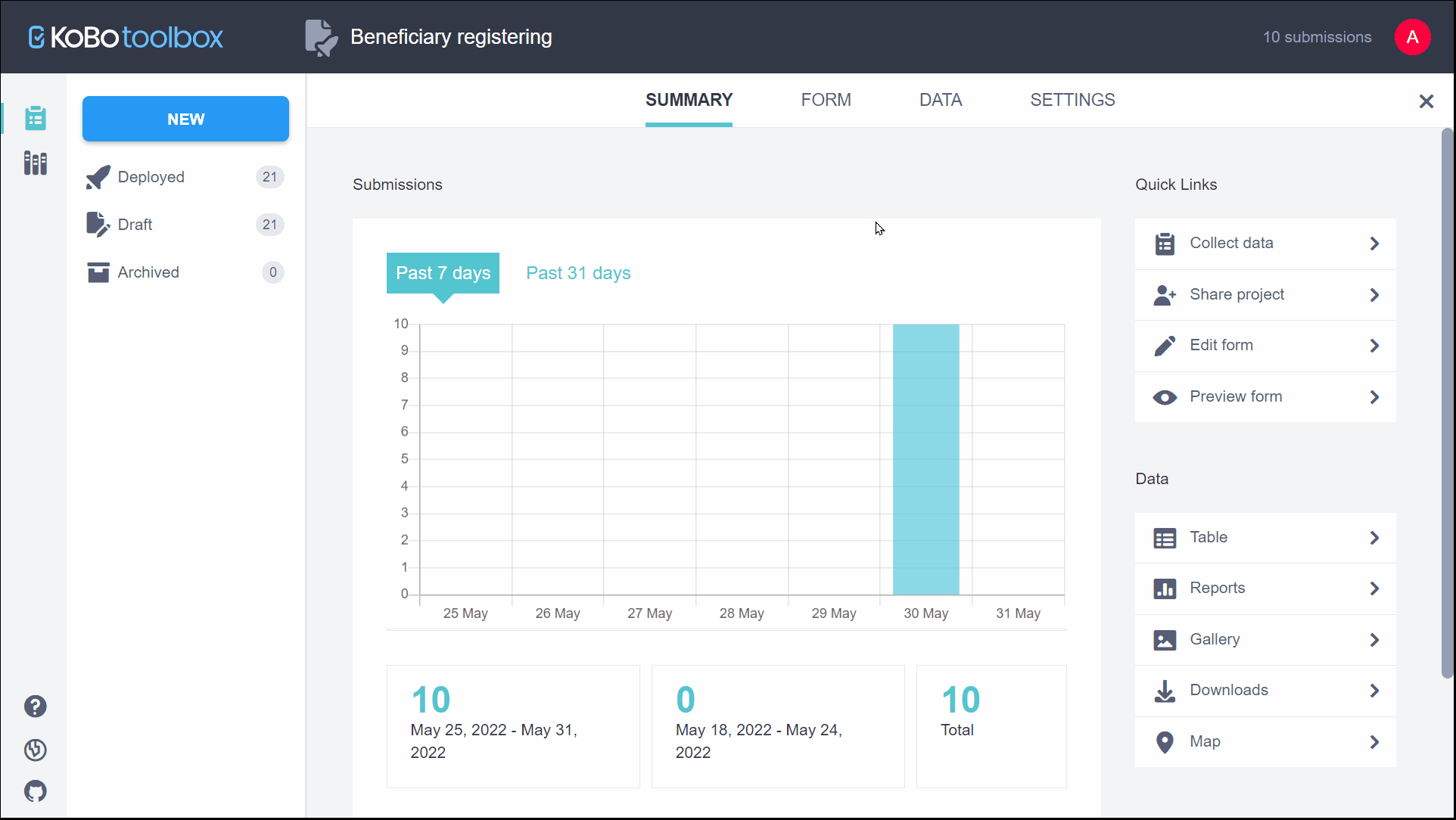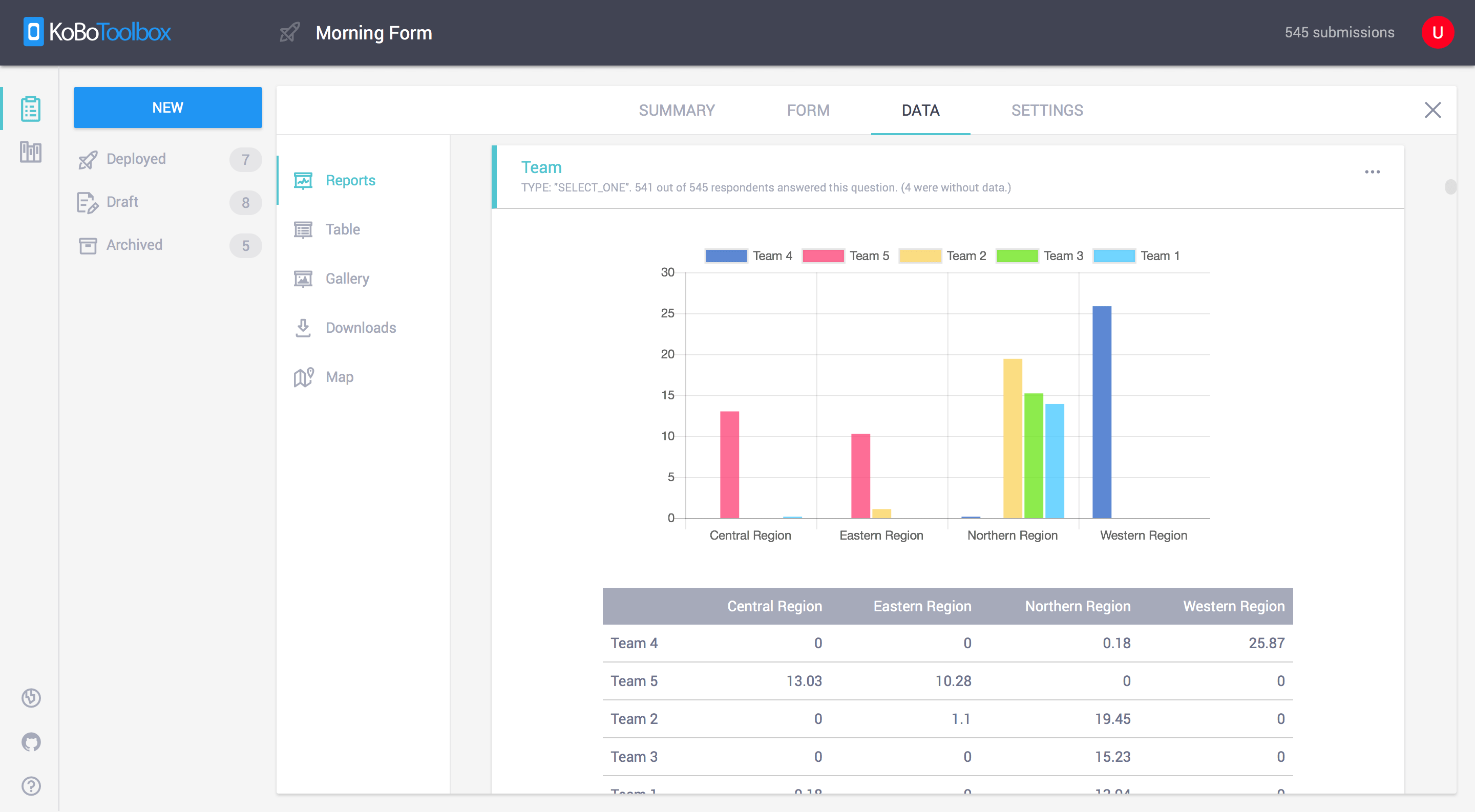KOBO Toolbox Tutorial: The Comprehensive Guide to Data Collection and Analysis|2025
What is KOBO Toolbox?
KOBO Toolbox is a free and open-source software suite primarily designed for field data collection in challenging environments. Developed by the Harvard Humanitarian Initiative, it supports mobile data collection, offering tools for creating surveys, collecting data offline, and managing datasets.
With KOBO Toolbox, users can design complex surveys, gather data through mobile devices, and analyze results effectively. The platform’s versatility makes it a popular choice among humanitarian organizations, researchers, and NGOs worldwide.
Key Features of KOBO Toolbox
1. User-Friendly Interface
KOBO Toolbox provides an intuitive interface that simplifies survey design and data collection. Both beginners and experienced users can create forms without extensive technical expertise.
2. Advanced Survey Design
The platform supports a variety of question types, including multiple-choice, text, numeric, date, and ranking. Users can add skip logic, constraints, and validation criteria to ensure accurate responses.
3. Offline Data Collection
KOBO Toolbox allows offline data collection through its mobile app, making it ideal for areas with limited or no internet connectivity. Data can be synchronized with the server once connectivity is restored.
4. Multi-Language Support
With multi-language capabilities, KOBO Toolbox enables surveys to be conducted in diverse linguistic contexts, enhancing inclusivity and accessibility.
5. Data Management and Analysis
The platform offers robust tools for data management, including data cleaning, exporting in multiple formats (Excel, CSV, SPSS), and generating basic analytical reports.
6. Integration with Other Tools
KOBO Toolbox integrates seamlessly with other platforms, such as Power BI and GIS tools, to enhance data visualization and spatial analysis.
7. Secure and Encrypted
Data security is a priority for KOBO Toolbox. It provides encryption features and secure hosting options to protect sensitive information.
8. Free and Open Source
As a free tool, KOBO Toolbox ensures cost-effectiveness for organizations of all sizes. Its open-source nature allows customization to meet specific project needs.
Benefits of Using KOBO Toolbox
1. Cost-Effective Solution
KOBO Toolbox eliminates the need for expensive data collection tools, making it an excellent choice for budget-conscious organizations.
2. Flexibility in Deployment
Whether you’re collecting data in urban areas or remote regions, KOBO Toolbox adapts to diverse environments with ease.
3. Increased Efficiency
By automating data collection and validation, KOBO Toolbox minimizes errors and saves time compared to traditional paper-based methods.
4. Scalability
From small surveys to large-scale studies, KOBO Toolbox accommodates projects of any size, ensuring scalability and flexibility.
5. Community Support
KOBO Toolbox boasts an active user community and comprehensive documentation, providing valuable support and resources for users.
Applications of KOBO Toolbox
1. Humanitarian Aid and Disaster Response
KOBO Toolbox is widely used in humanitarian efforts to assess needs, monitor progress, and evaluate outcomes. For example, organizations like UNICEF and the Red Cross rely on KOBO Toolbox for rapid assessments during emergencies.
2. Public Health Surveys
Health professionals utilize KOBO Toolbox to collect epidemiological data, monitor disease outbreaks, and evaluate public health interventions.
3. Development Projects
NGOs and development agencies use KOBO Toolbox for baseline surveys, impact assessments, and project monitoring to ensure effective resource allocation.
4. Academic Research
Researchers across disciplines leverage KOBO Toolbox to gather qualitative and quantitative data, conduct longitudinal studies, and manage large datasets.
5. Government and Policy Making
Governments employ KOBO Toolbox to collect census data, monitor service delivery, and engage citizens in participatory governance.
6. Environmental Conservation
KOBO Toolbox supports conservationists in tracking wildlife populations, mapping natural resources, and assessing environmental impacts.
How to Get Started with KOBO Toolbox
Step 1: Create an Account
Visit the KOBO Toolbox website and sign up for a free account. You can choose between the humanitarian server (designed for NGOs) and the research server (ideal for general use).
Step 2: Design Your Survey
Use the form builder to create your survey. Add questions, configure skip logic, and set validation criteria as needed.
Step 3: Deploy Your Survey
Publish the survey and generate a unique link or QR code for data collectors. The survey can be accessed via the KOBO Collect app or a web browser.
Step 4: Collect Data
Data collectors can use smartphones or tablets to gather responses offline. The app’s intuitive design ensures ease of use in the field.
Step 5: Analyze Results
Once data is synchronized with the server, export it in your preferred format for detailed analysis. Use visualization tools to generate insights and share findings with stakeholders.
Tips for Effective Use of KOBO Toolbox
1. Plan Your Survey
Define clear objectives and design your survey with precision to ensure high-quality data.
2. Train Data Collectors
Provide adequate training to data collectors to familiarize them with the app and survey requirements.
3. Test Your Form
Conduct a pilot test to identify and resolve any issues before full deployment.
4. Ensure Data Security
Use password-protected accounts and encrypted servers to safeguard sensitive information.
5. Leverage Community Resources
Engage with the KOBO Toolbox community to access best practices, tutorials, and troubleshooting tips.
Case Studies: KOBO Toolbox in Action
Case Study 1: Humanitarian Crisis in Syria
During the Syrian refugee crisis, KOBO Toolbox was instrumental in assessing the needs of displaced populations. NGOs used the platform to collect real-time data on shelter, food, and medical requirements, enabling timely interventions.
Case Study 2: Public Health Monitoring in Kenya
The Kenyan Ministry of Health employed KOBO Toolbox to monitor vaccination campaigns. The platform’s offline capabilities allowed data collection in remote regions, ensuring comprehensive coverage.
Case Study 3: Wildlife Conservation in Brazil
Environmental researchers in the Amazon used KOBO Toolbox to track deforestation and wildlife populations. The integration with GIS tools facilitated spatial analysis and informed conservation strategies.
Challenges and Limitations
While KOBO Toolbox is a powerful tool, it’s not without challenges:
- Learning Curve: New users may require time to master advanced features.
- Technical Issues: Occasional bugs and server downtime can impact workflow.
- Dependency on Devices: The platform relies on mobile devices, which may be costly or unavailable in some contexts.
- Data Privacy Concerns: Ensuring compliance with data protection regulations is essential.
Why Choose KOBO Toolbox Over Alternatives?
1. Cost Advantage
Unlike commercial tools like SurveyMonkey or Qualtrics, KOBO Toolbox is entirely free, making it accessible to all users.
2. Offline Functionality
Many alternatives lack robust offline capabilities, giving KOBO Toolbox a significant edge in remote areas.
3. Customizability
As an open-source platform, KOBO Toolbox allows users to tailor features to specific project needs.
4. Community-Driven Development
The active user community contributes to continuous improvement and innovation, ensuring the platform evolves to meet user demands.
Future of KOBO Toolbox
As technology advances, KOBO Toolbox continues to enhance its features and expand its applications. Upcoming developments include:
- Enhanced Analytics: Integration with advanced analytics tools for deeper insights.
- AI-Powered Insights: Leveraging artificial intelligence to identify patterns and trends in datasets.
- Expanded Integration: Broader compatibility with other platforms and software.
- Improved User Experience: Ongoing refinements to the interface and functionality.
Conclusion
KOBO Toolbox is a game-changing tool for data collection and analysis, offering unmatched flexibility, cost-effectiveness, and accessibility. Whether you’re conducting a small-scale survey or managing a large humanitarian project, KOBO Toolbox equips you with the tools needed to succeed.
By embracing KOBO Toolbox, organizations and individuals can harness the power of data to drive informed decisions, achieve impactful outcomes, and create a better future. Start your journey with KOBO Toolbox today and experience the transformative potential of efficient data collection and analysis.
Needs help with similar assignment?
We are available 24x7 to deliver the best services and assignment ready within 3-4 hours? Order a custom-written, plagiarism-free paper





